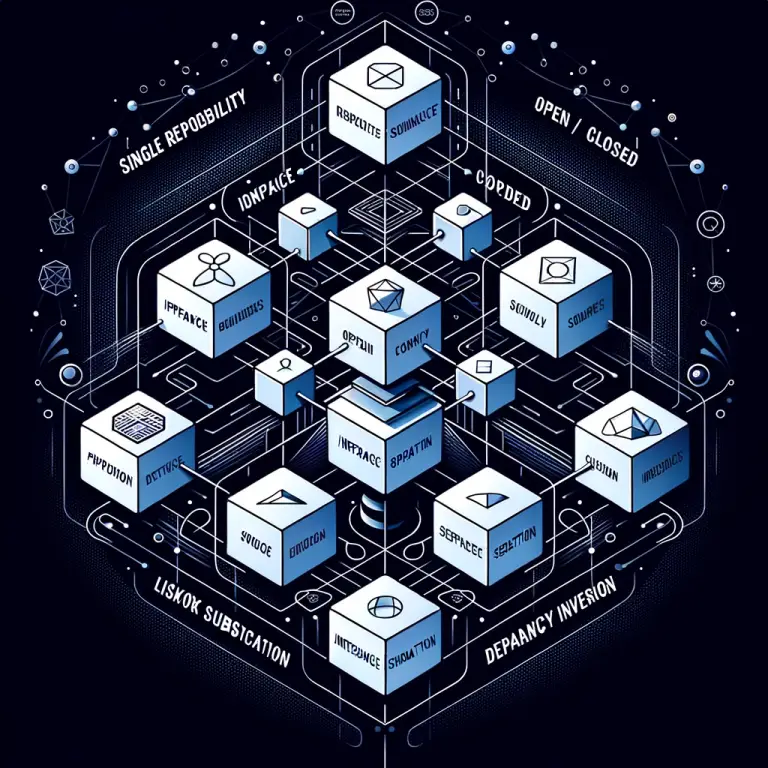Title: Procedural Terrain Generation in Unity
Introduction
The growing complexity of the gaming industry has begun to shift away from predefined, static game environments towards a more dynamic one, thanks to procedural terrain generation. Procedural terrain generation in the Unity game engine allows developers to create varied and realistic terrains that greatly enhance the immersive experience of gaming. Unity, which serves as a highly reliable, flexible and user-friendly game development engine, introduces powerful tools and libraries for developers, allowing them to create stunning landscapes. This article will delve deeper into procedural terrain generation in Unity, touching on the importance, main components, benefits, and conclusion.
Main Content
Understanding Procedural Terrain Generation
Procedural terrain generation involves the creation of a terrain with the help of algorithms rather than manual input. The generated terrain can include features such as mountains, forests, rivers, etc., which are determined based on pre-set conditions. Through this procedure, developers can specify the terrain’s roughness, heightmap detail, water level, vegetation coverage, and other factors.
Components of Procedural Terrain Generation in Unity
1. Noise Function: Noise function is used to generate pseudorandom values in a specified range which can be used to define terrain height, color, etc. Well-known functions include Perlin and Simplex noise.
2. Biome and Ecosystem Generation: Procedural terrain generation in Unity effectively creates biomes and ecosystems. Biomes refer to areas on the terrain with similar climatic conditions while ecosystems refer to the dynamic entities within these biomes such as fauna, flora, and weather.
3. Terrain Modelling: Unity employs mesh rendering for its terrains. Complex terrains are represented as a Mesh object made up of discrete Mesh Parts. The combination of these parts creates the varied terrain surface.
4. Unity’s Terrain System: Unity’s built-in terrain system is ideal for enveloping pre-existing areas with convincing landscapes. The system allows for real-time editing, trees and grass, textures painting, and advanced terrain shaping.
Importance of Procedural Terrain Generation
With greater focus on innovation and diversification, developers are favoring procedural terrain generation. This method not only offers novelty and diversity in game environments, but also helps in reducing the time and labor costs involved in manual terrain creation. Moreover, it is especially useful for creating large, open-world game maps where manual creation would be impractical.
Benefits in Unity
Unity’s procedural terrain generation offers several benefits. The versatile Terrain System combined with Unity’s rendering capabilities enables the development of graphically rich environments. The system’s flexibility offers developers an opportunity to design terrains according to their creative vision and game requirements. Moreover, Unity’s procedural terrain generation also allows for scalability, i.e., it can be used for both small-scale mobile games and large-scale console or PC games.
Conclusion
Procedural terrain generation has enlightened game development with its ability to generate infinite, detailed, and unique landscapes. Unity, with its potent capabilities, plays a crucial role in driving this transition by making the process more efficient, flexible, and powerful. With procedural terrain generation, Unity not only reduces the workload of developers but also paves the way for more innovative and engaging gaming experiences. Despite the challenges posed by the immense level of complexity and detail, procedural terrain generation embedded in Unity is a promising tool for the future of game environmental design.

